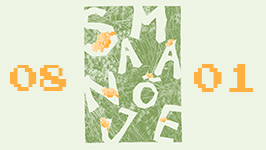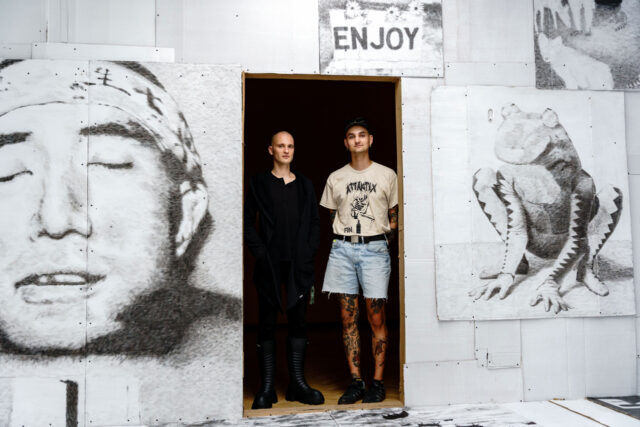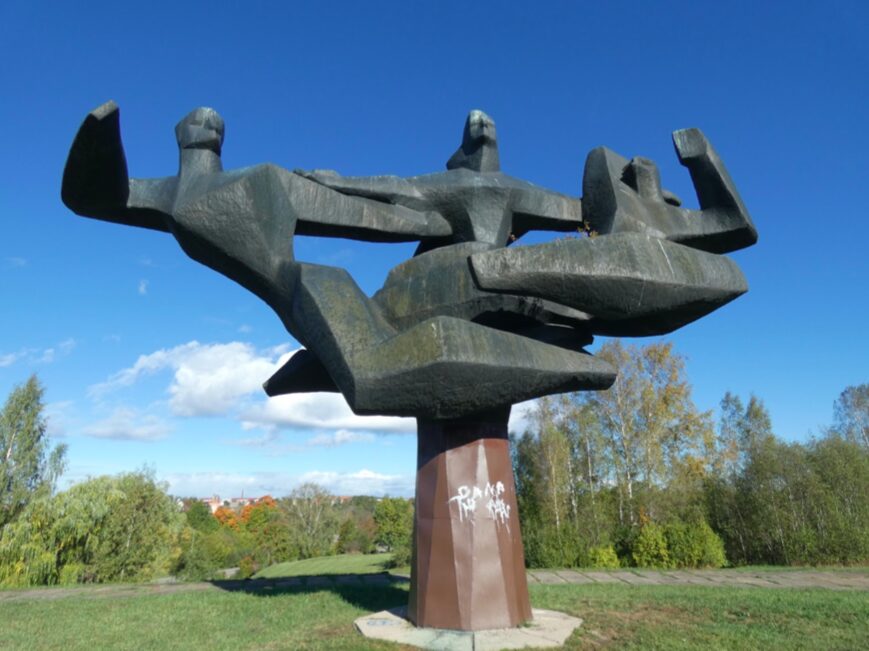Until September 2, the solo exhibition ‘Elektra’ by Emilija Povilanskaitė was held at the Observatory of Ideas (M. K. Čiurlionio g. 29, Vilnius, LT-03100). The exhibition was curated by Eglė Ambrasaitė in partnership with the Vilnius University Museum.
As if Elektra was a name, I like to think of electricity as an entity – a carnal, visceral ghost, sparked by immediacy and magic.
Playing around with states of embodiment, intangible matter and control, this exhibition is an attempt to tame a lightning strike: Lichtenberg figures that are wing-like forms generated by the discharge of electricity, the scent of a downed power line – they’re like souvenirs made in a decade that never happened.
With high voltage, there’s always an element of danger – and that fear can be possessed in a very instant way. The clash of intense beauty and luminous horror is a moment that interests me a lot – how delicate beings interact with brutal, unwavering forces. There’s an inciting incident, uncontrolled, unpredictable force, which leads me to explore the transience of being human and prototype a world that is parallel, invisible or extinct, while drawing attention to largely overlooked mental landscapes.
Emilija Povilanskaitė is a visual artist and film director. Her work – rooted in storytelling – is multifaceted, connecting technology, science, research and olfactory design. Through her immersive visual and olfactory installations and films, she explores the complexity of technology, fictional worlds and their effect on human perception.
Underpinned by a strong interest in myth-making and folklore, unexplained phenomena, and forgotten traditional rituals, the artist offers sensory paths that, through fiction and imagination, may allow us to reevaluate and reaffirm our place as sentient beings amidst the current socio-cultural conjuncture, which sees the cult of the image and the screen reign supreme.
In a time when the Internet has reinforced the hegemony of the image, Emilija uses her approach to create olfactory and visual spaces that communicate on an imaginary, multi-sensorial, and tangible level, making us the more aware of the (real) world which surrounds us, as well as the varying relationships we may entertain with it (whether in states of perceived danger, fear, or hallucination).
Photography:Monika Jagusinskytė and Gedvilė Tamošiūnaitė

Photography: Monika Jagusinskytė

Photography: Monika Jagusinskytė

Photography: Monika Jagusinskytė

Photography: Monika Jagusinskytė

Photography: Monika Jagusinskytė

Photography: Monika Jagusinskytė
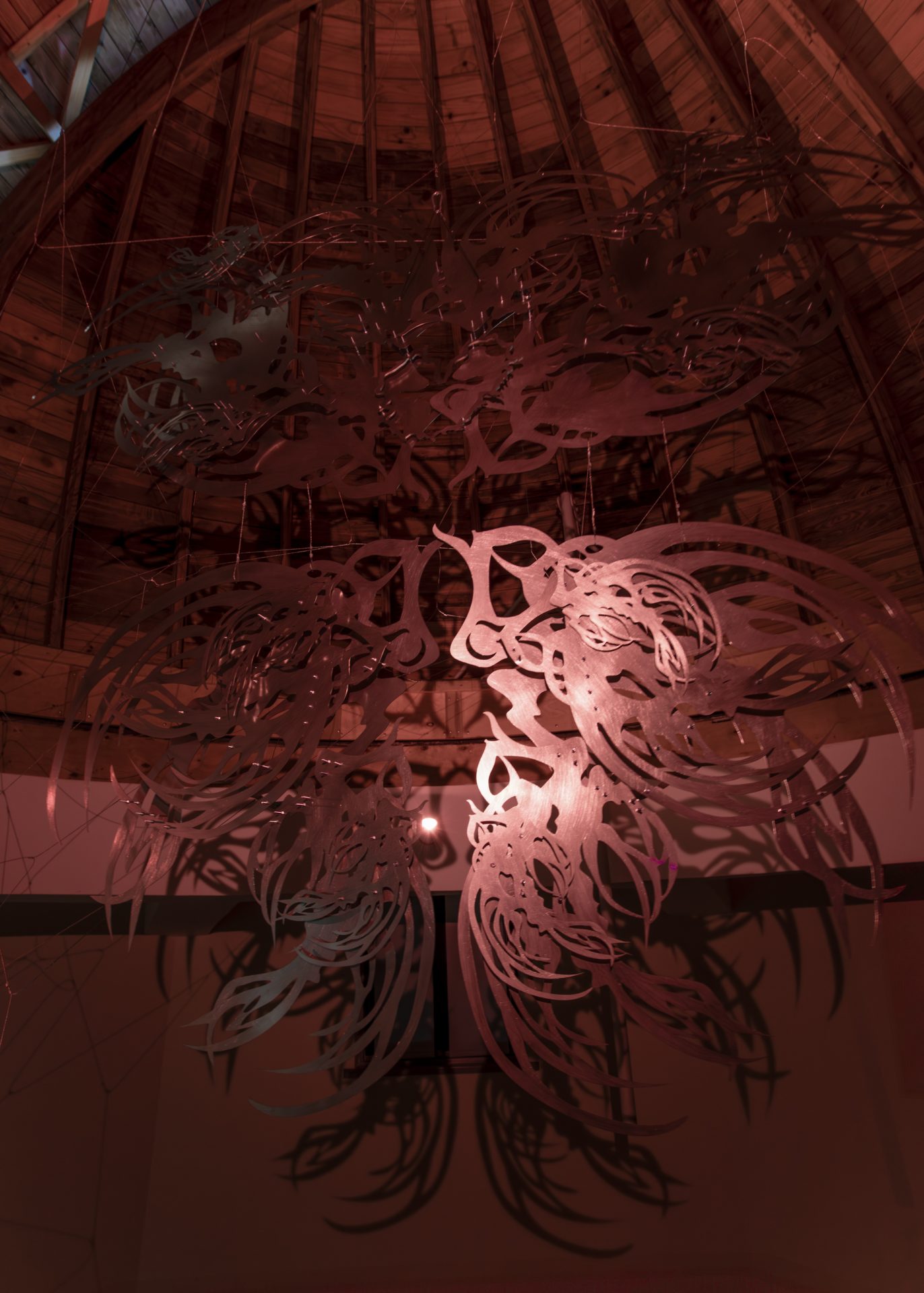
Photography: Gedvilė Tamošiūnaitė

Photography: Monika Jagusinskytė

Photography: Gedvilė Tamošiūnaitė
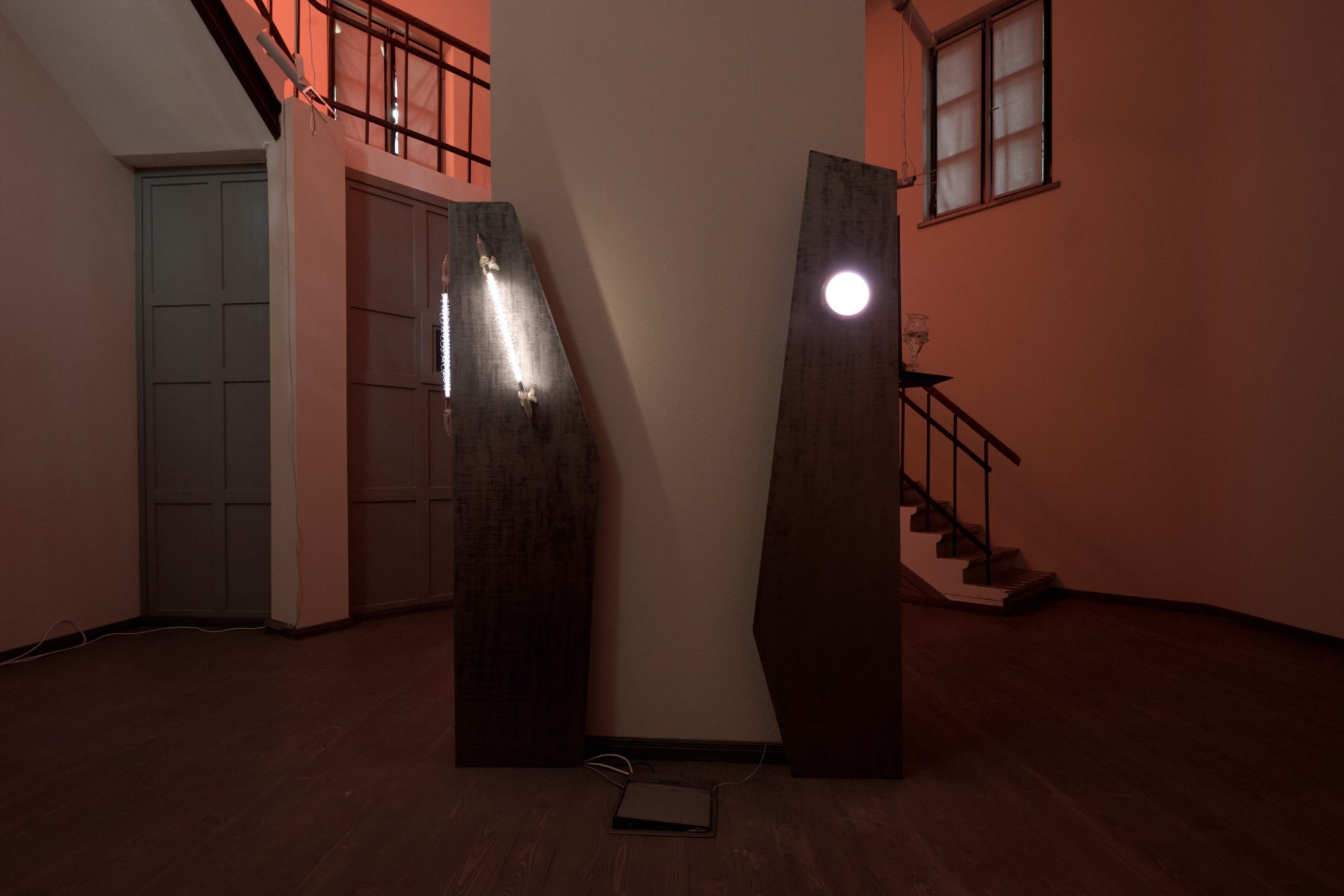
Photography: Monika Jagusinskytė
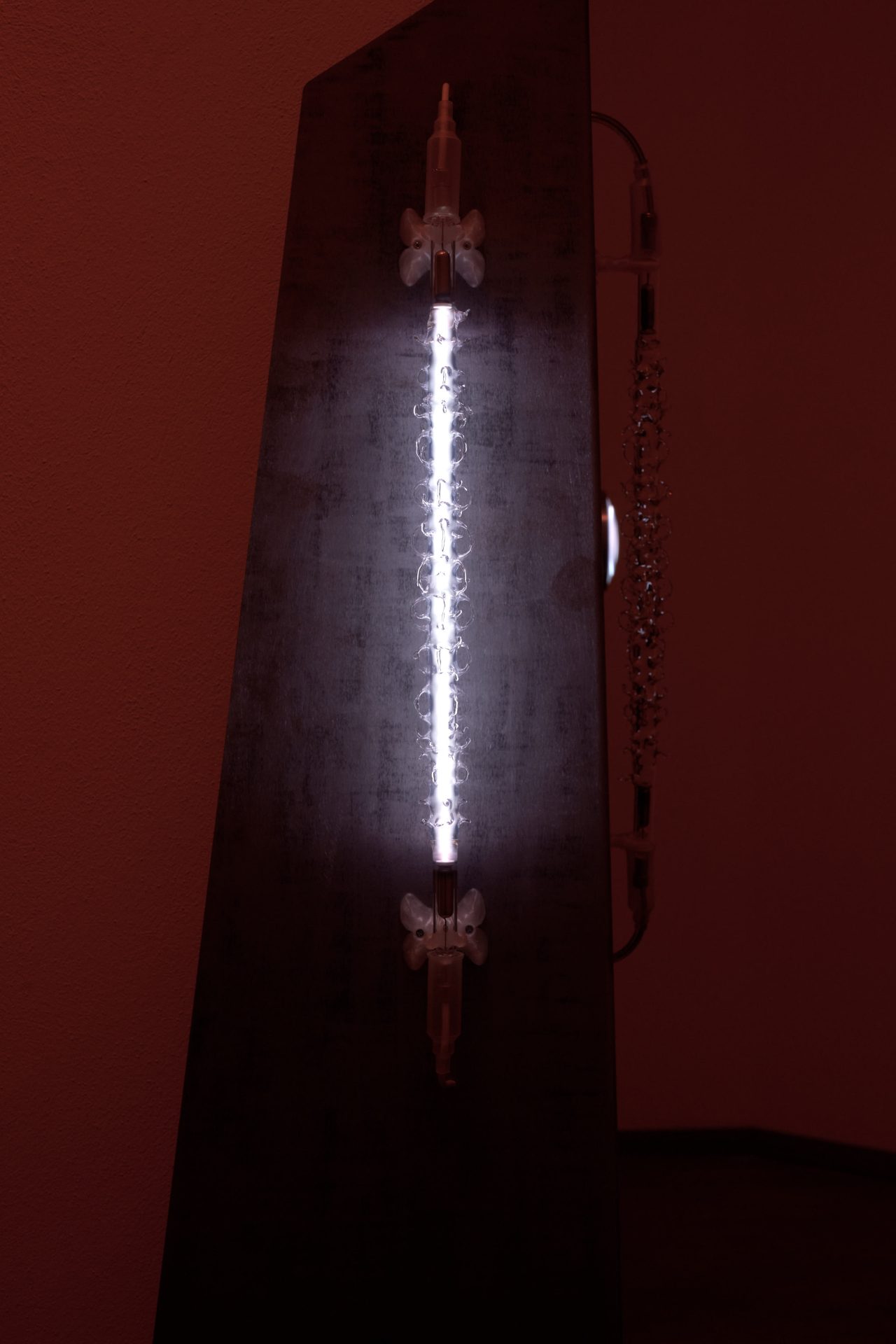
Photography: Monika Jagusinskytė

Photography: Gedvilė Tamošiūnaitė

Photography: Gedvilė Tamošiūnaitė

Photography: Monika Jagusinskytė

Photography: Monika Jagusinskytė

Photography: Gedvilė Tamošiūnaitė




